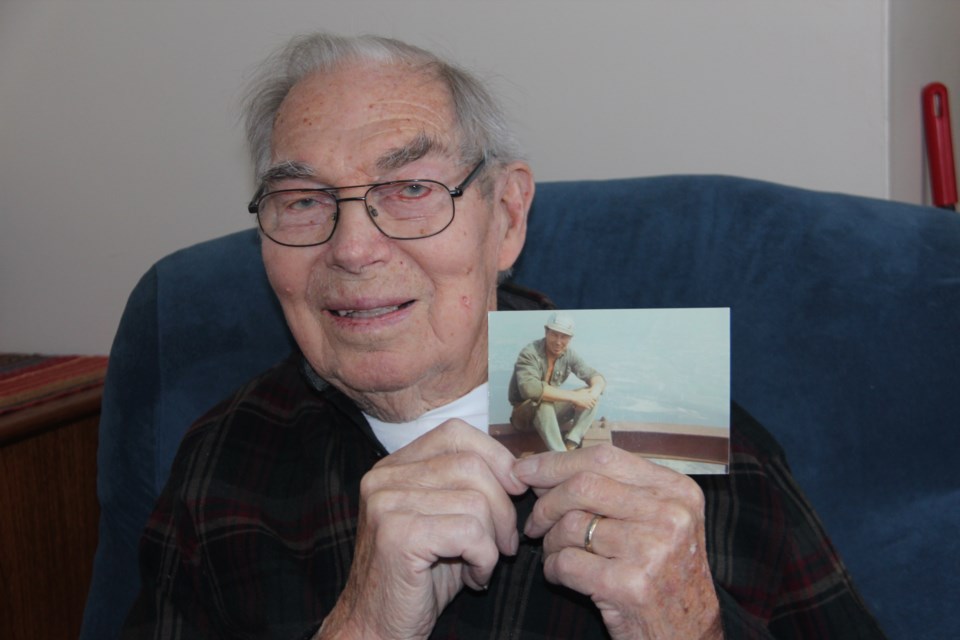From the mid-1950s to the early 1970s, Aarne Kovala made a career of building industrial smokestacks.
The trade sent the Finnish immigrant and survivor of a German Second World War prison camp, who's now 88 years old, all over the country.
The first smokestack he worked on was at an iron ore plant here in Sudbury — he kept bugging the foreman until he was finally hired.
He was working in British Columbia when he heard Inco was planning on building the 381-metre (1,250-foot) Superstack — still the tallest chimney in Canada — to disperse pollutants away from the city.
When he inquired about a job, he was hired on immediately because of his extensive experience in the field. Kovala landed a job as the day shift foreman for the carpentry crew.
“I'd been working on stacks before, but smaller ones, so I was really interested to see how this worked,” he said.
Safety in the 1970s wasn't what it is today. To get to the top of the stack while it was under construction, workers would hop on the cement buckets being hoisted to the top of the structure, and hang on for dear life.
As far as Kovala knows, nobody was killed in the stack's construction.
There's an amazing photo of Kovala — sitting at the top of the Superstack — without any fall restraint safety gear.
“You couldn't have any safety belts because you were moving steady,” he said. “Of course, everybody is maybe afraid of heights, but after awhile you get used to it.”
The Superstack was about half-completed on Aug. 20, 1970, when a tornado blew through the Sudbury area. Kovala was at the top of the stack when the tornado hit.
“I was working, yeah,” he said. “It got a little bit dark. The wind's coming. People were hanging onto the posts, you know because the wind's so strong.”
Kovala disputes the urban legend that the incomplete Superstack swayed from side to side in the tornado — he said he didn't feel anything.
When the Superstack was finally completed and entered into full operation in 1972, Kovala said it was a “nice feeling” looking at the iconic structure that he'd spent a few years working on.
In January, Vale — which, of course, bought out Inco about a decade ago — announced its plans to take the Superstack out of service by the second quarter of 2020, and eventually demolish the structure.
Advancements in technology have resulted in a significant reduction in the atmospheric emissions at the miner's operations. No longer is a massive stack needed to move pollutants away from the city — two smaller, more efficient 137-metre (450-foot) stacks can do the trick.
Kovala said when he was working on the Superstack, Inco was already talking about how this was the last stack it was going to have to build because emissions technology was advancing quickly.
While he's been involved in demolishing some stacks himself, Kovala said maybe this one should stay up.
“Everybody seems to like it,” he chuckled. “We don't have very much stuff to show anybody. The stack is about the only thing we can say that's from Sudbury.”
Kovala's daughter, Liisa Kovala, said she's always amazed when she looks at the Superstack, and realizes her dad sat on the top of it, and helped build it.
“I'm proud of him,” she said, adding that after the Superstack's construction, he went on to work on many other local building projects, including the Sudbury Theatre Centre and Laurentian University.
If you'd like to learn more about Kovala's life, specifically his Second World War experiences, Liisa has written a book about him.
“Surviving Stutthof: My Father’s Ordeal in a Nazi Concentration Camp” was originally released as a self-published book in 2015.
It's been picked up by local publishing company Latitude 46, and will be released by the publishers this April.
